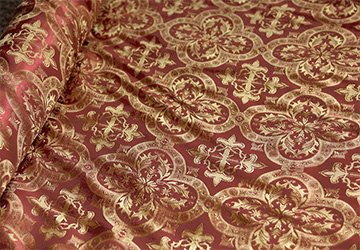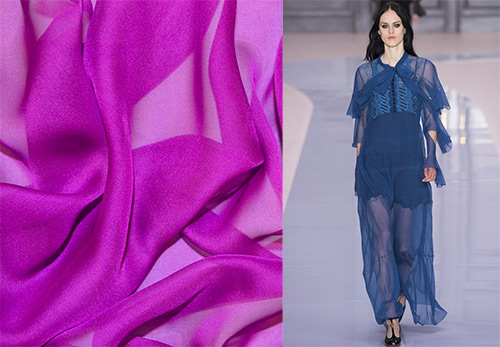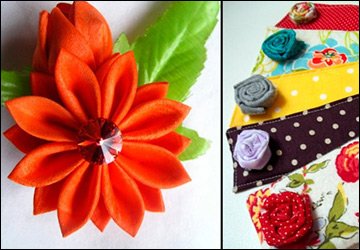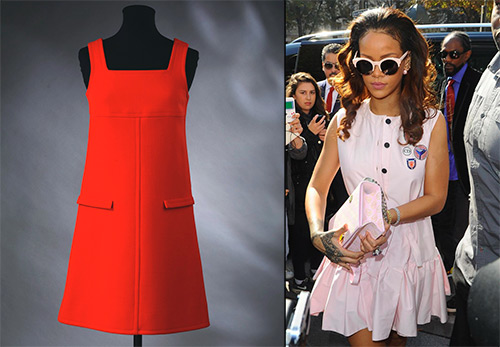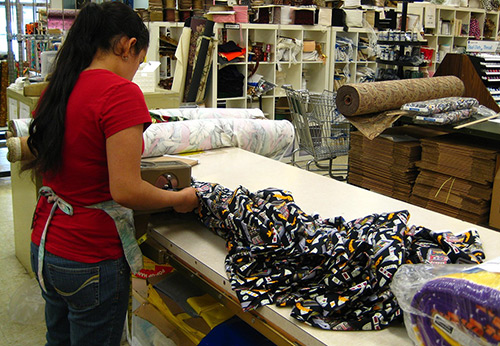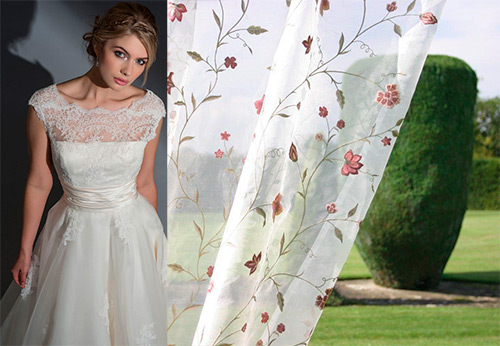Materials Science
Shiny lame fabric with metal thread
Every day more and more new fabrics appear on the textile market, one is better than the other, but there are those that have been known for a long time, and sometimes since antiquity. And at the same time, they live and decorate our clothes or interior. Fashion leaves and comes, but true beauty is eternal ...
Lame fabric - history and properties
Lame - translated from French - a metal plate. Lame is a fabric that came to us from antiquity. It is mentioned in ancient Assyrian cuneiforms. The fabric, shining with gold or silver patterns, was used for the vestments of priests and the clothes of the wealthy court nobility.
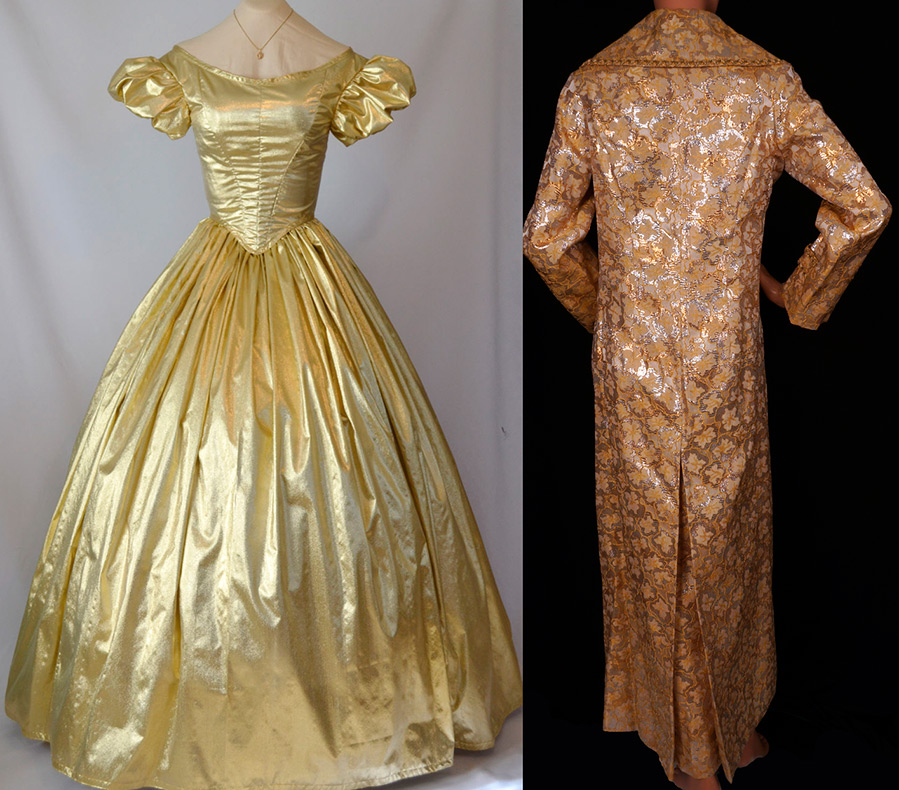
By its structure, the lamé belongs to brocade fabrics., outwardly, these fabrics are similar to each other, however, the lama is much thinner than brocade, and therefore lighter. Initially, the basis of the fabric was natural silk, the fibers of which were intertwined with thin metal threads. This fabric has been in demand for centuries. In the 30s of the twentieth century, the lama achieved the greatest popularity.
With the development of chemistry, synthetic fibers have replaced natural silk. Artificial silk, or polyester, is used as a basis for lamé fabric today. In the weft, threads of copper, nickel or brass are used. Metal filaments are obtained on special sizing machines from metal wire.
Lame - double-sided patterned material, and so interesting for designers. One side of the fabric with a shiny surface and matte patterns, and the other side is a matte surface with shiny patterns... This structure makes it possible to use various ideas and design solutions.
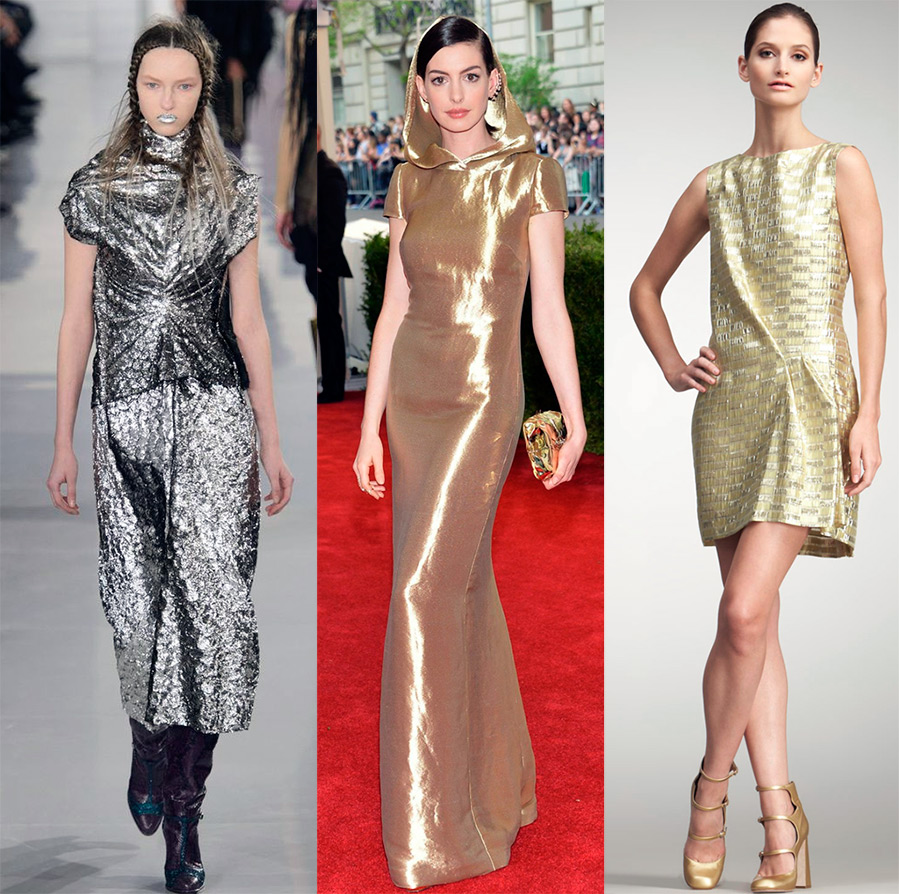
Types of fabric
Lame has several types, which differ from each other in different composition and fineness of fibers. There is a "thin lama", "taffeta"," Pearl ", there is a fabric" with holograms ". Lame-cloth, according to the manufacturing method, can be divided into two main groups: weaving and knitting. The first is a denser structure on a synthetic base that retains its shape and is sewn with metallized threads. The second is thinner and softer fabrics, with the addition of nylon raw materials.
The manufacturing technology of the fabric is different, the lame is created with a satin or satin weave, there is a so-called "flattening", in which the metal threads are flattened during calibration and acquire the necessary fineness. Each species has its own characteristics, as well as advantages and disadvantages.
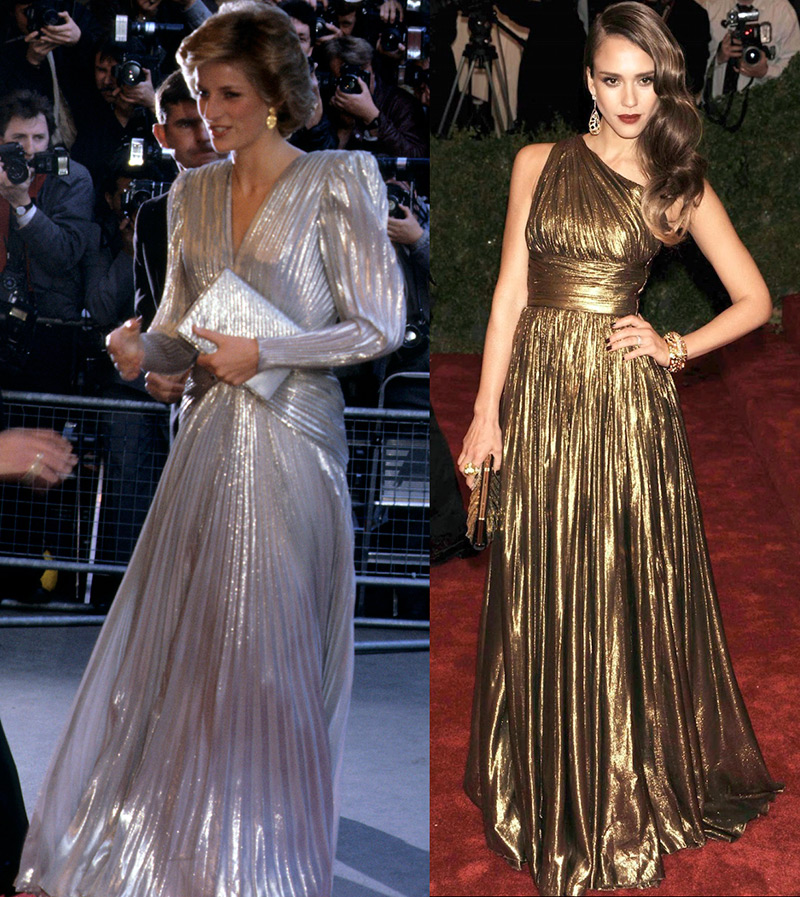
Lame with satin weave has the necessary density, but the metal thread itself is not so strong and is prone to deformation and destruction in places of strong tension. Lame with satin weave is used to make curtains. Metal threads shimmer with shades of not only gold or silver, but also bronze, blue, red, emerald and purple tones.
Woven fabrics have a remarkable drape ability. Shining patterns on fabric, exquisite drapery, serve as a luxurious decoration of halls, interiors of living rooms, bedrooms in the Baroque style. In a woven llama, the weft is represented by a metal thread, and the warp is represented by a synthetic one.
Knitted fabric is used to make unusual clothes for special occasions: dance and theatrical costumes. Knitting of knitted fabric is made with a complex thread, which consists of nylon, entwined with the finest metal thread, which contributes to greater flexibility and strength of the fabric. This type of lame is called Liquid. It is characterized by elasticity, soft texture and "fluidity". Luxurious dance clothes and evening dresses are sewn from it.
Lame stretch fabric has the ability to stretch due to the addition of elastane to its composition.
Lame is an electrically conductive fabric, therefore fencing sports vests are made from it, which are able to respond to every touch of the epee.
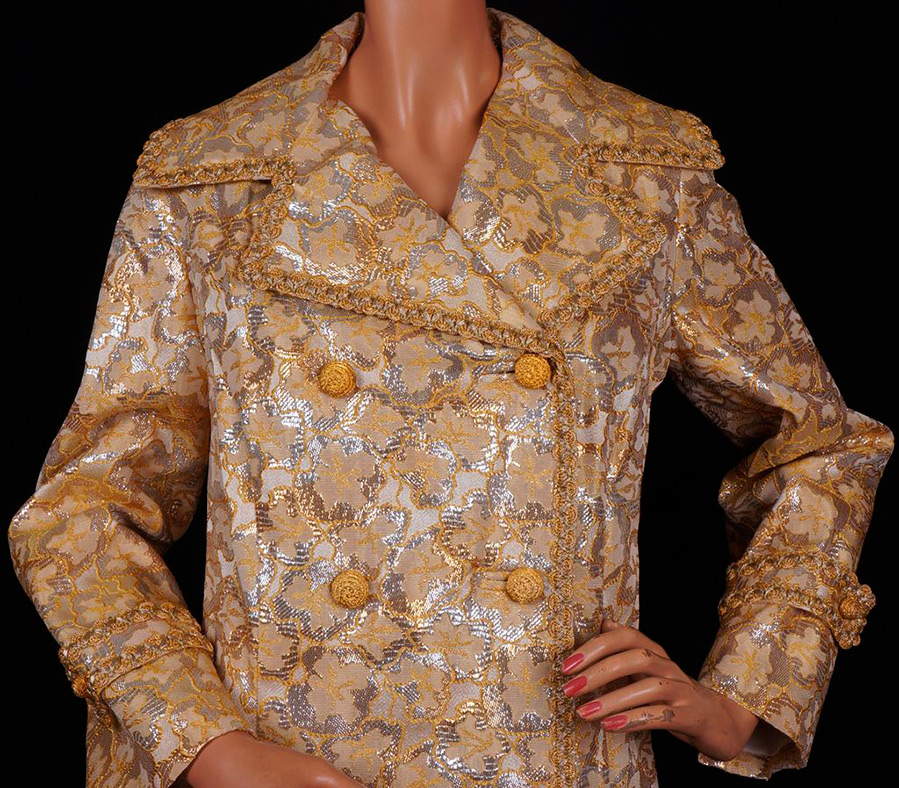
Lame fabric care
Llama products are very fragile, they must be used with care, as the threads can collapse. Dry cleaning is the best option if you need to wash it. If you decide to wash, it is better to carry out all washing procedures in the most delicate way and means, and of course by hand. Drying in natural conditions only. Iron very gently.
Lame is currently available material. The beauty of the fabric and its unusual lightness can delight each of us.
When choosing a style for a llama dress, one must proceed from the fact that the fabric itself is luxurious, so all rhinestones, beads and other decorative elements may be superfluous. The same is in the interior. You should not overload the design with decorative additions, choose the option of the simplest cornices. For a lamé fabric, its own decorativeness is enough.
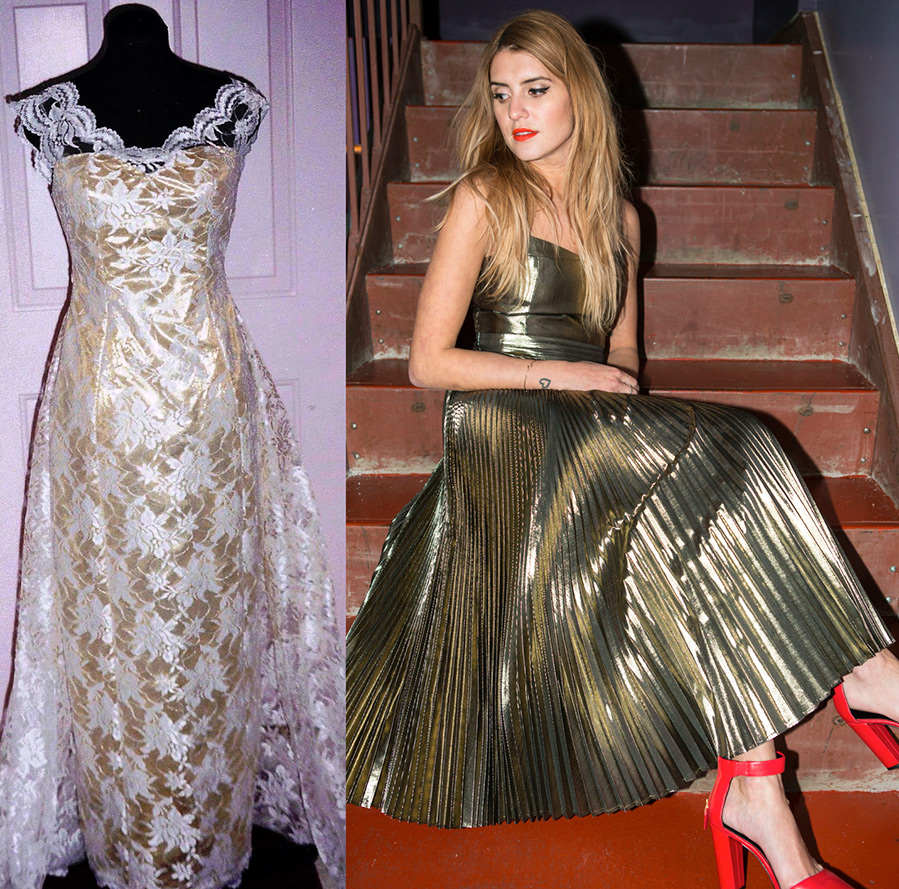
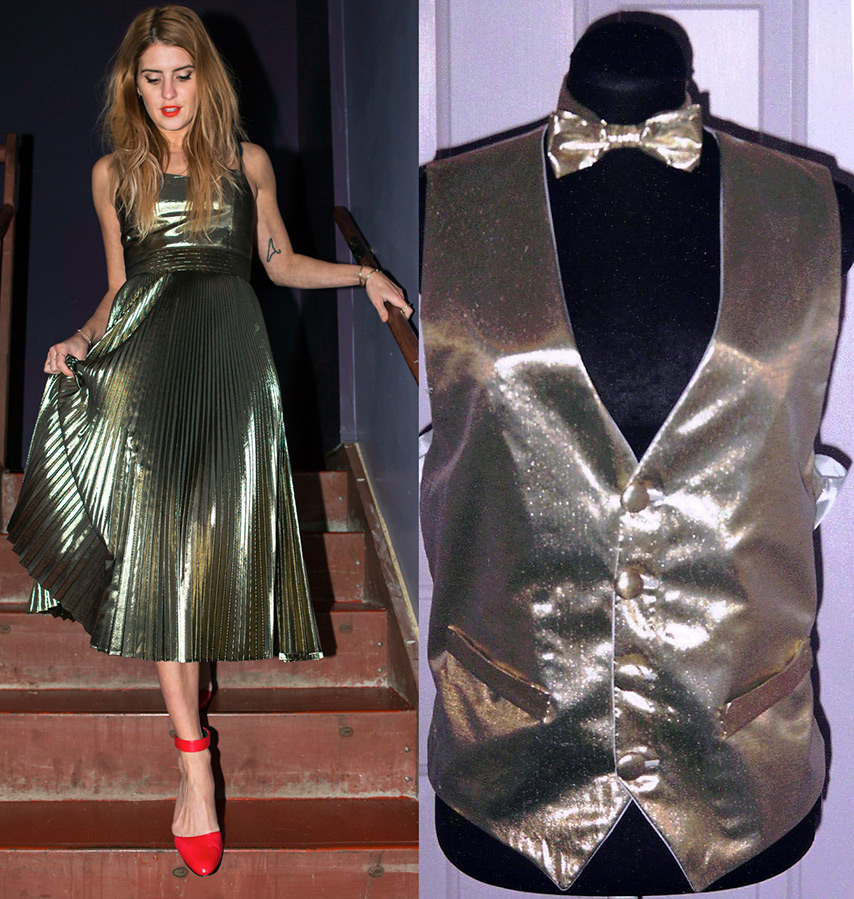
Comments and Reviews
Add a comment
Rating news
Shades of clothing that make women look younger
What shades of hair make women younger: rules and photos
Funny wedding dresses - photos and ideas
12 most expensive down jackets for the winter
How to look 25 at 40: tips from supermodels
Beautiful schoolgirls
Anti-aging haircuts and hairstyles for women
Fashionable skirts for autumn and winter
Fashionable women's trousers for the cold season
Fashionable and stylish sandals for summer 2024
Spring-summer 2024
 Fashionable dresses and tops with thin spaghetti straps
Fashionable dresses and tops with thin spaghetti straps
 Bandana tops: how to wear stylishly and beautifully
Bandana tops: how to wear stylishly and beautifully
 How to put together the perfect men's wardrobe for the summer
How to put together the perfect men's wardrobe for the summer
 Fashionable shorts for spring-summer 2024
Fashionable shorts for spring-summer 2024
 Fashionable skirts for spring-summer 2024: a guide to online shopping
Fashionable skirts for spring-summer 2024: a guide to online shopping
 The most fashionable dresses spring-summer 2024: styles and colors
The most fashionable dresses spring-summer 2024: styles and colors
 Fashionable total look 2024: ideas of images and trends
Fashionable total look 2024: ideas of images and trends
